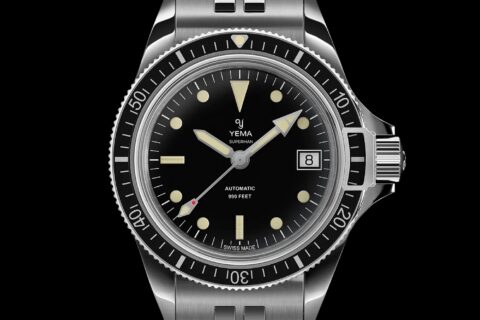Rolex Sets Its Sights on Atomic Precision
A Legendary Watchmaker Enters a New Frontier

In a move that turned heads across the precision engineering world, Rolex quietly launched a new venture in May of this year: Rolex Quantum SA. Based in Neuchatel, the historic cradle of Swiss chronometry, the company marks a bold leap into atomic timekeeping.
Instead of wristwatches, this new subsidiary focuses on building optical atomic clocks—hyper-precise instruments that could redefine how industries, governments, and even satellites measure time.
Why Neuchatel? Why Now?
Rolex chose to anchor its new company at the former Neuchatel Observatory, a site rich in timekeeping heritage. But this wasn’t nostalgia—it was strategy. Just a stone’s throw away sits CSEM, the Swiss Center for Electronics and Microtechnology, Rolex’s longtime research partner in advanced physics and microtech.
“This initiative emerged from an outstanding collaboration,” said Fabien Droz, Director of Rolex Quantum. “Our goal is to bring optical atomic clocks into real-world applications, not just labs.”
Inside the Atomic Engine
At the heart of these new clocks lie rubidium atoms, whose vibrations, when stimulated by lasers, outperform traditional cesium clocks in both precision and scalability.
Rolex Quantum’s engineers are developing systems compact enough for GPS synchronization, telecom networks, and even national time standards.These clocks aren’t about telling the time on your wrist—they’re about controlling it across the planet.
From Collaboration to Commercialization
Rolex’s partnership with CSEM began years ago with early quantum technology pilots. But momentum surged after their joint presentation at Swiss Quantum Days in Arosa, where Victor Helson of CSEM shared promising developments in rubidium-clock architecture—built with Rolex’s investment and vision.
With Rolex Quantum SA, the collaboration becomes a full-fledged industrial effort, backed by Rolex’s precision culture and Swiss microengineering prowess.
A Strategic Web Across Switzerland
Rolex Quantum is part of a larger strategic map. It complements Rolex’s ownership of Kenissi in Le Locle (its movement manufacturer) and the brand’s ongoing expansion in Bulle, reinforcing Rolex’s commitment to Swiss industrial leadership—from mechanical horology to quantum timing.
Toward a Global Timing Standard
Looking ahead, Switzerland’s Federal Institute of Metrology (METAS) may adopt Rolex Quantum clocks to bolster national timekeeping infrastructure, feeding data directly into the Bureau International des Poids et Mesures (BIPM), which governs Coordinated Universal Time (UTC).
The implications are vast: more secure communication, more accurate geolocation, and a new role for Rolex as a global guardian of time.
Time Beyond the Wrist
Rolex has always been synonymous with precision. But with Rolex Quantum, the brand makes it clear:
Precision isn’t just for watches anymore.
It’s for the world.
Due to the unpredictable and volatile market on certain Rolex, Patek Philippe and Audemars Piguet watches, prices are subject to change.

